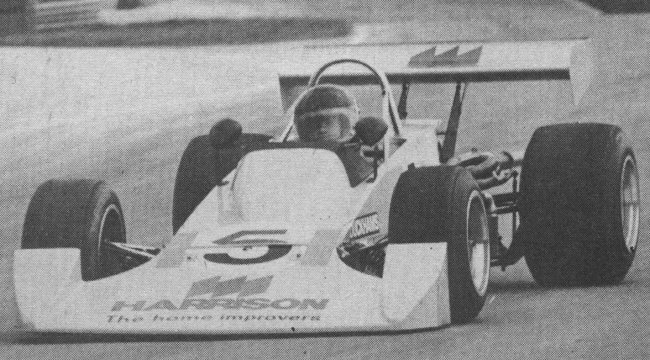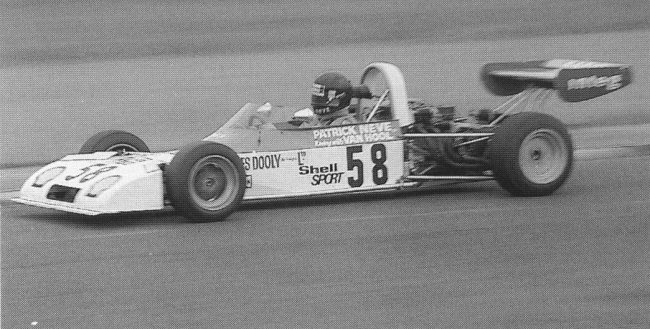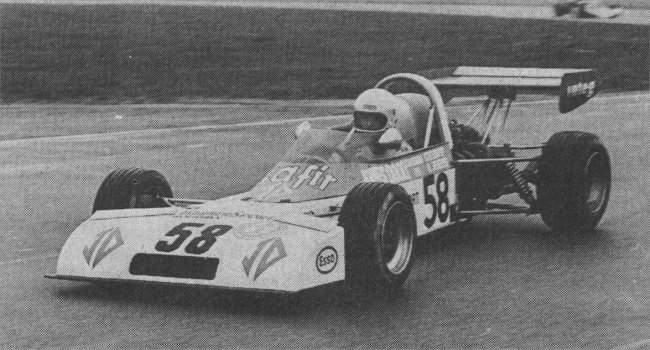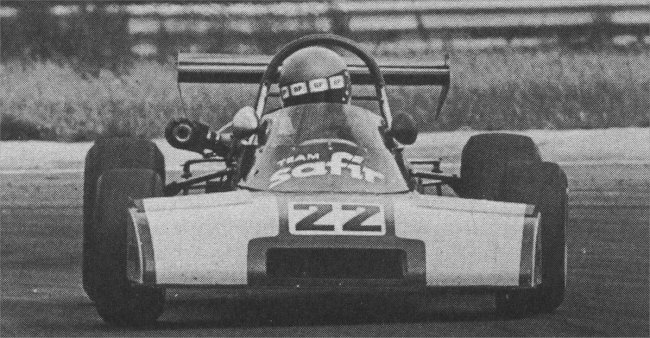SDC
In October 1975 some time Formula Atlantic driver Stephen Choularton announced the construction of the SDC 36. The chassis name was presumably taken from his initials and the car would be built in converted stables at his home in Warrington in Cheshire in conjunction with computer mathematician John Hughes. It was planned that the car would also be suitable to be used in F2 and F Atlantic, nothing further was heard and it would seem the plans came to naught.










